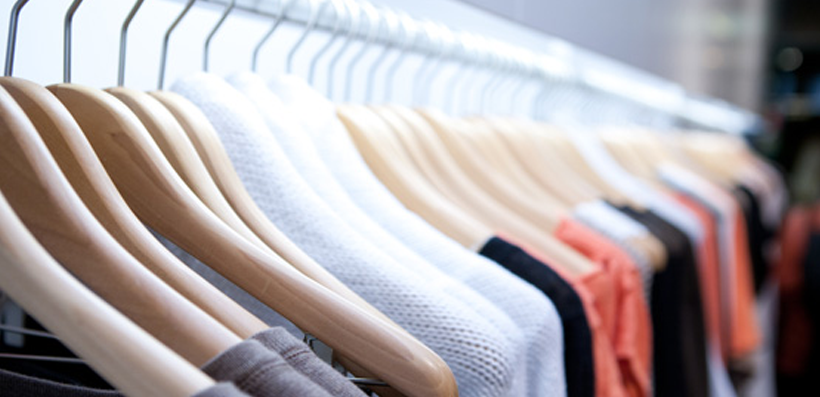
Who Are You…Sharing Your Clothes With?
January 25, 2016 | Cleaning Tips | Laundry Appliance Repair, Help & Advice | No comments
There’s no getting away from it, germs are everywhere – from your kitchen surfaces and floors, to your computer’s keyboard at work. Your laundry and washing machine are no different, in fact it has been suggested the average washing machine load can contain as much as 100 million E.Coli bacteria at any given time. [source: http://www.dailymail.co.uk/health/article-2050239/How-washing-machines-familys-health-risk-Low-temperatures-mixed-loads-spreading-dangerous-bugs.html]
Thankfully there are steps which you can take to reduce the impact such bacteria has on your clothing and to reduce the amount of bacteria being harboured in your laundry.
Clean Your Washing Machine:
When you consider the amount and type of dirt your washing machine comes into contact with it shouldn’t come as any surprise that it needs to be regularly cleaned.
As part of the cleaning you should be wiping down the rubber seal with an anti-bacterial wipe on a weekly basis, preventing the build up of mould and bacteria from building up. But the cleaning doesn’t end there.
Each month, you should be carrying out a service wash on your appliance using a dedicated cleaner such as the eSpares Limescale and Detergent Remover – as explained in our video below.
Carrying out such a regular clean will not only help prevent the build up of mould and bacteria, but it’ll also prevent your washing machine from smelling.
Along with cleaning your washing machine, another top tip to prevent unwanted mould and bacteria from forming within the machine is to make sure you leave the door and dispenser drawer open after each wash cycle, allowing it to dry out completely before closing them.
Getting Your Clothes Cleaner:
When it comes to keeping your clothes as clean as possible and dirt free it isn’t just about keeping your washing machine clean, there are other steps you should be taking too.
Before Washing:
Many of us are guilty of collecting a pile of laundry and placing it straight into the washing machine. Such a method will unfortunately involve heavily soiled items being placed into the washing machine along with the extensive amount of dirt.
To prevent heavily soiled clothing from increasing the risk of bacteria and germs straying into your washing machine, we recommend soaking such laundry before placing it into the appliance to remove some of the dirt.
Washing Your Laundry:
Many of us are opting to wash our laundry on a lower temperature (between 30⁰C and 40⁰C) due to environmental benefits. However, researchers have found that an increased use of low temperature washes and gentle detergents are some of the main culprits for the build up of bacteria in your appliance.
It’s also been suggested that laundry washed at 40⁰C contains only 14% fewer germs than unwashed laundry.
As such, we recommend you wash at as high a temperature as you can. Ideally you should be washing at 60⁰C or higher to kill germs and bacteria from your clothing and within your washing machine. If this isn’t possible all the time, make sure you carry out a regular hot wash as this will help sanitise your appliance.
After Washing:
Once your washing cycle has finished, it’s important to make sure you take your wet laundry out of the machine straight away.
Wet laundry is a breeding ground for germs, which is why you need to take care to place your wet laundry straight on the washing line or in the tumble dryer as soon as the cycle finishes. If this isn’t possible and the wet laundry is left to sit for half-an-hour or more, you’ll need to run it through a wash cycle again. [source: healthline.com/health-slideshow/germy-places#6]
Following these steps before, during and after washing your laundry can significantly reduce the build up of germs and bacteria from building up on your clean laundry – meaning there aren’t going to be any hidden surprises next time you put your favourite outfit on.
Tags: Cleaning Tips, Laundry, Tumble Dryer, Washing Machine

